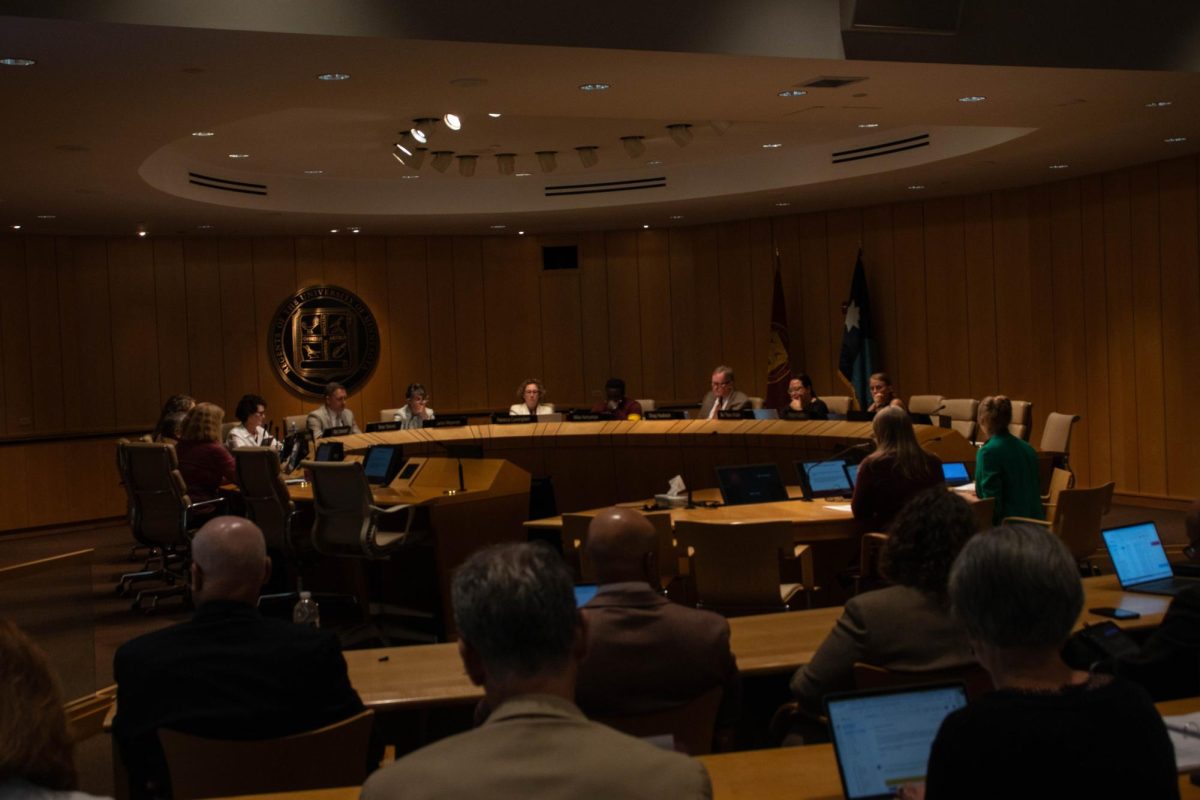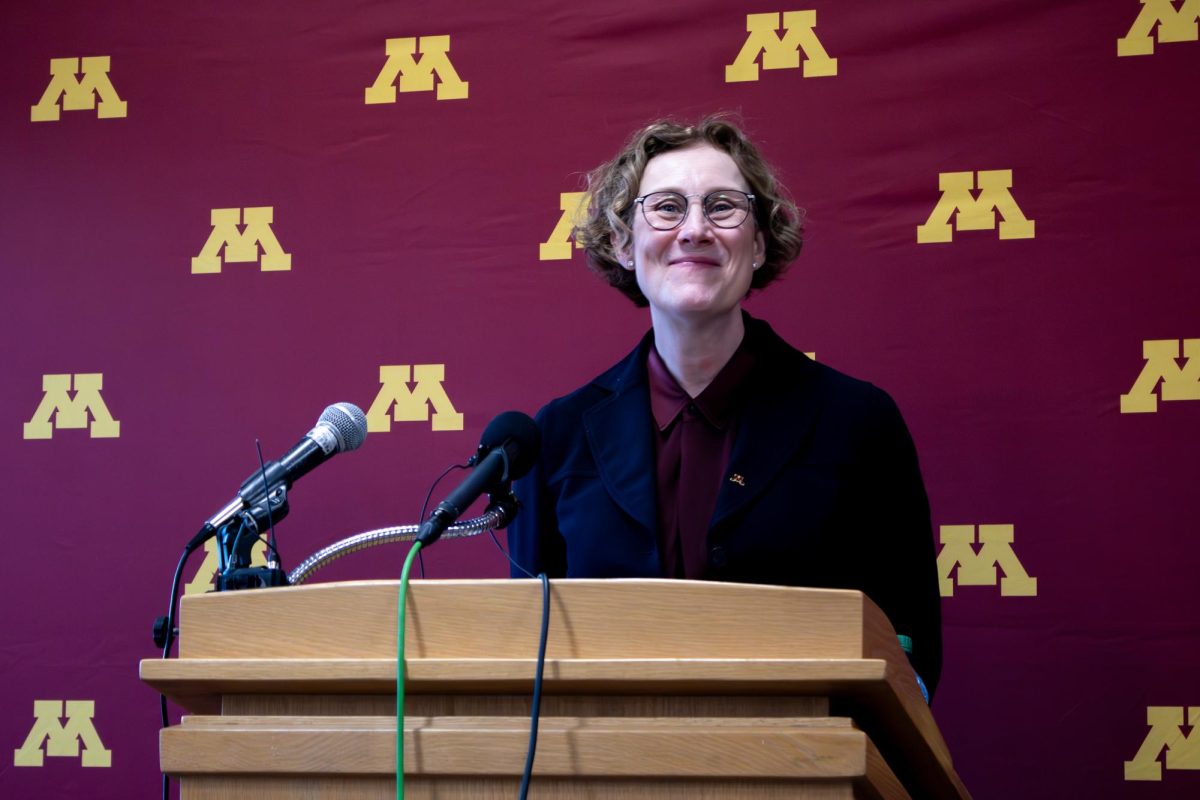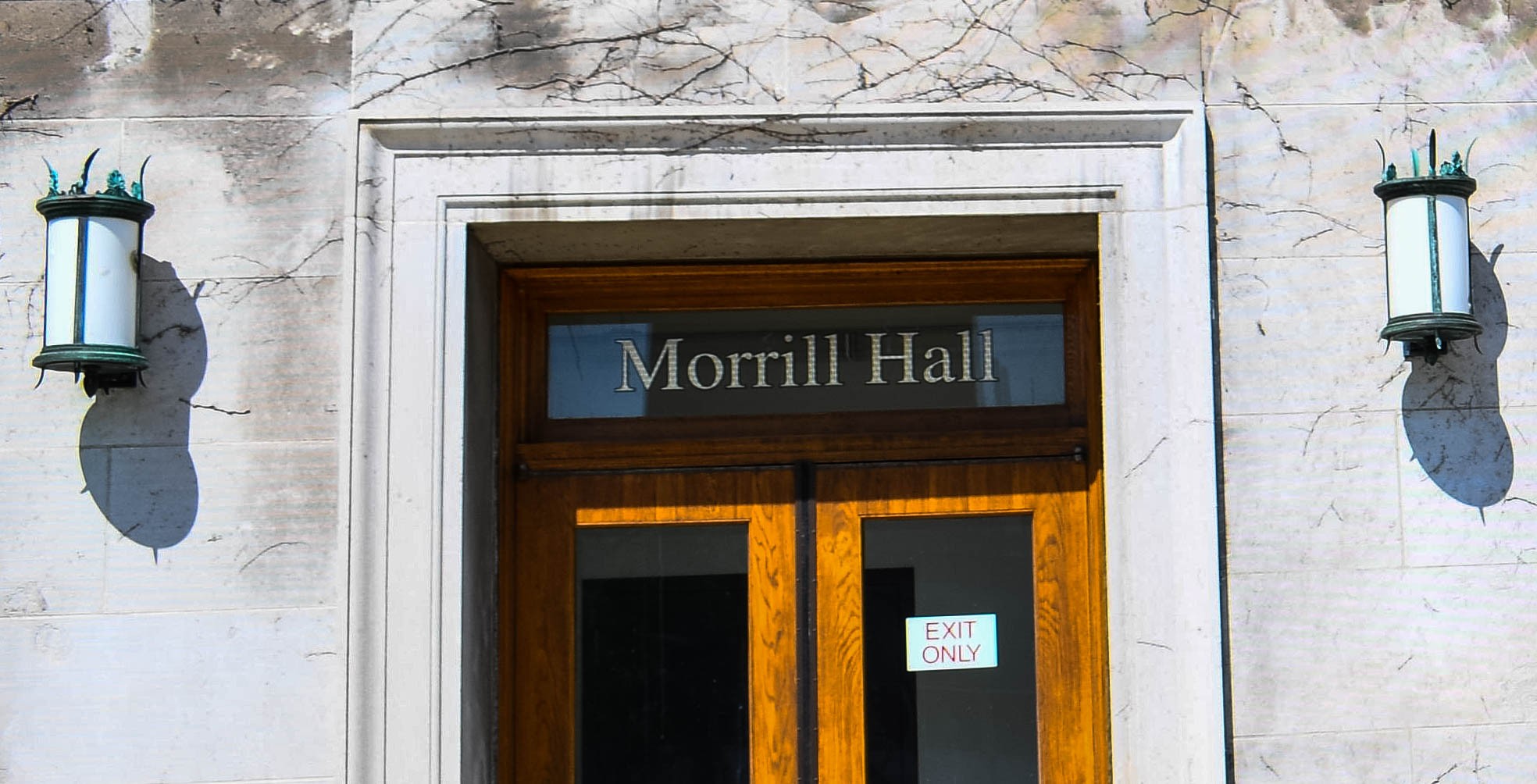The University of Minnesota is preparing to change its definition of administrative costs in its budget proposals to the Minnesota Legislature, altering the amount of money the institution attributes to administrative spending.
The University has changed the definition, but it has not officially applied it to a budget proposal yet.
Over the last 10 years, the University has been required to outline its allocation of state funding for specific areas of spending in its Cost Definition and Benchmarking Analysis presented to the Minnesota Legislature.
Legislators first questioned the recent definition change during a House Higher Education Finance and Policy Committee meeting Jan. 31, when the University presented its initial supplemental budget request.
“We took another round of consultation internally and a lot of conversations to define it,” University Budget Director Julie Tonneson said to the committee during the meeting.
The University requested $302.5 million from the Legislature in its supplemental budget request for the 2024-25 biennium. The committee passed the omnibus higher education and finance bill on April 30, which would allocate about $1.4 billion to the University for the biennium for operations and maintenance. The House approved the bill 69-58 on Wednesday.
The University took a look at its definition of administrative costs in 2021 to align with MPact 2025, according to Tonneson. MPact 2025 intends to increase efficiency within University processes and increase budget savings.
The former categories for administrative costs were referred to as leadership and oversight and mission support and facilities, according to the 2021 Administrative Cost Report.
Costs under this definition for the fiscal year 2021 came out to be about $310 million in leadership and oversight and about $1.2 billion in mission support and facilities; the combined administration costs were about $1.5 billion, according to the expense summary for administrative cost benchmarking for fiscal year 2021.
Under the new definition, the University’s total administrative costs for the fiscal year 2021 would have been roughly $433 million and nearly $450 million in fiscal year 2022.
Previous expenditure category definitions were out of date
The previous expenditure definition was split into three categories: mission, leadership and oversight, and mission support and facilities.
The mission category related to direct mission delivery and the “doers” of the University's mission, so it included professors, health science professionals and expenses related to research.
Mission support and facilities referred to those supporting the delivery of the University’s mission. This category included human resources, coaches, advisers and building and grounds workers.
Leadership and oversight included executive leadership (e.g. president, provost, chancellors), deans and department chairs.
The new definition categories are mission, operations and administration, according to a document from the University’s Assistant Director of Public Relations Andria Waclawski.
The previous definitions were changed because they required different calculations to show administrative spending, according to an email statement to the Minnesota Daily from the Office of the Senior Vice President for Finance and Operations.
The office said the old definitions were also 10 years old and did not adequately address the MPact 2025 Fiscal Stewardship goal to “define and establish an administrative cost benchmark.” The fiscal stewardship goal asks the University to keep administrative costs between 10% and 11.6% of total expenditures.
New categories are similar but include slightly different personnel classifications
The new mission category is similar to the previous mission category and includes the activities that directly provide instruction, research and public services, such as professors, research and teaching assistants. Department chairs, which were classified under leadership and operations, are now included in the mission category.
Operations are activities that supplement and directly contribute to mission delivery and create the full “campus experience.” This includes personnel positions such as coaches, librarians and police officers; this category is most similar to the previous mission support and facilities category.
Administration encompasses “the doers of activities that enable the strategic, compliant and efficient conduct of mission and operations,” which includes leadership (e.g. president, chancellors, etc.), administrative associates and communications personnel.
The new administration category is most similar to the previous leadership and oversight category. However, administration now includes finance and human resources, whereas those positions were previously housed within mission support and facilities.
The most recent report to the Legislature detailing expense category definitions signaled a future definition change, which will be explained when the University submits its next report to the state in fall 2024, the office stated. The 2024 report will apply the new administrative cost definition for the first time, he said.
“There is no requirement that the definition be approved by any organization outside of the University,” the office stated.
Concerns over transparency
The University is required to report a list of expenditures to the Legislature, including a full explanation of changes to expenditure categories, according to Minnesota law.
"We expect transparency and accountability from one of Minnesota’s most esteemed and long-standing institutions,” Sen. Zach Duckworth, R-Lakeville, said in an email to the Minnesota Daily. “A change in leadership presents an opportunity to … ensure the public has a clear and concise accounting of where their tax and tuition dollars ultimately go.”
The office said the University went through an internal consultative process to update its definitions for monitoring expenses.
Regent Darrin Rosha said the Board of Regents learned about the changes to administrative costs in February 2022, and he said he thought the board would be a part of the decision-making process. He said he does not have a clear understanding of what or why the administrative costs are being changed because he has not received much information on it.
“This affects students and the costs of their debt,” Rosha said. “It also goes to [the University’s] credibility with the Legislature, which impacts our mission and … students. When you have a disengaged board and leadership does not take issues very seriously, [it’s] difficult to get meaningful responses.”




























